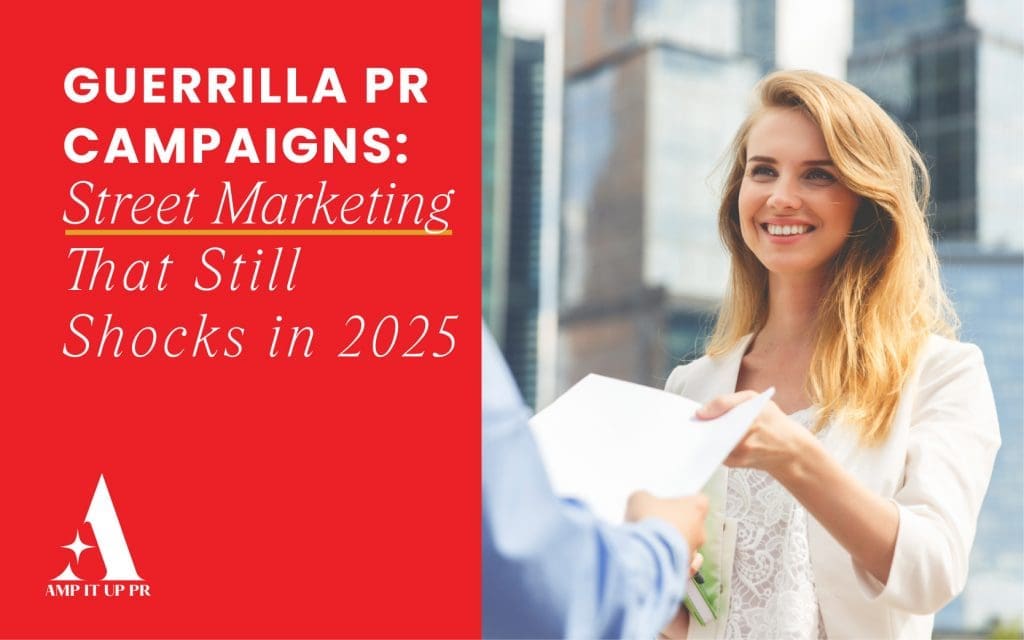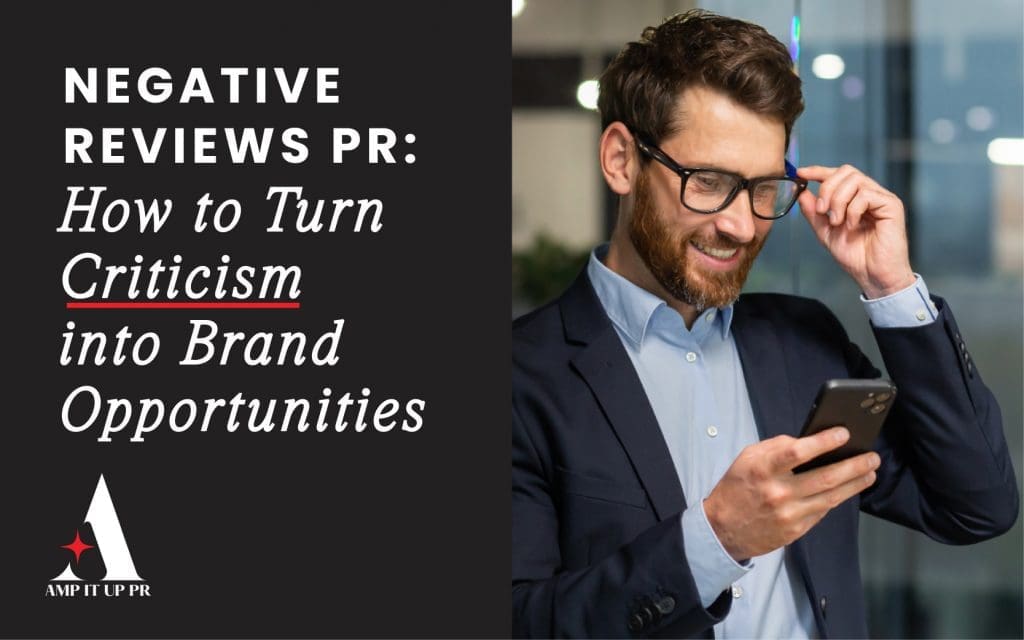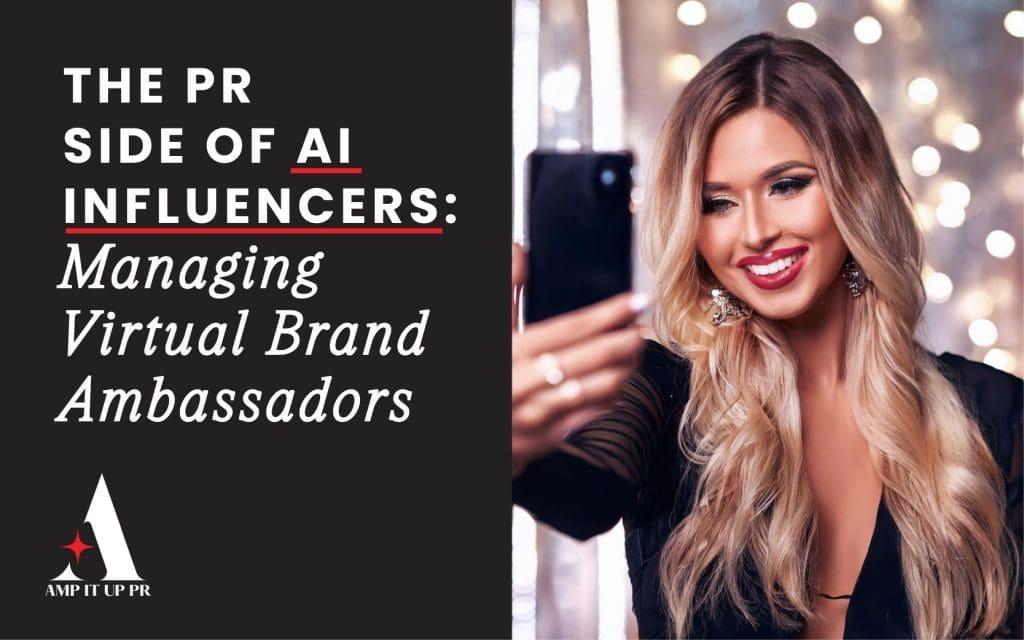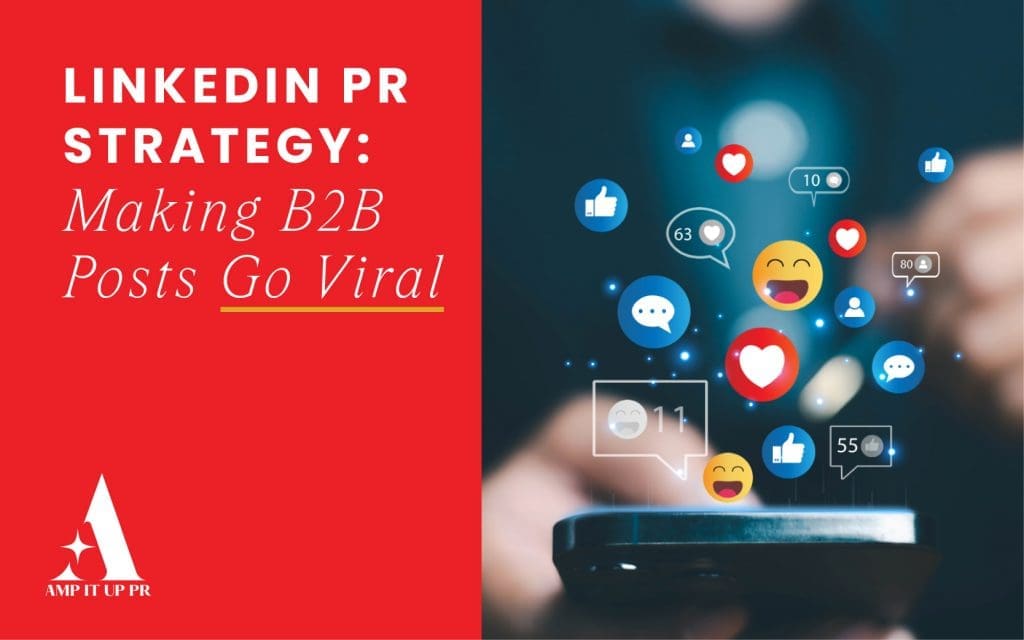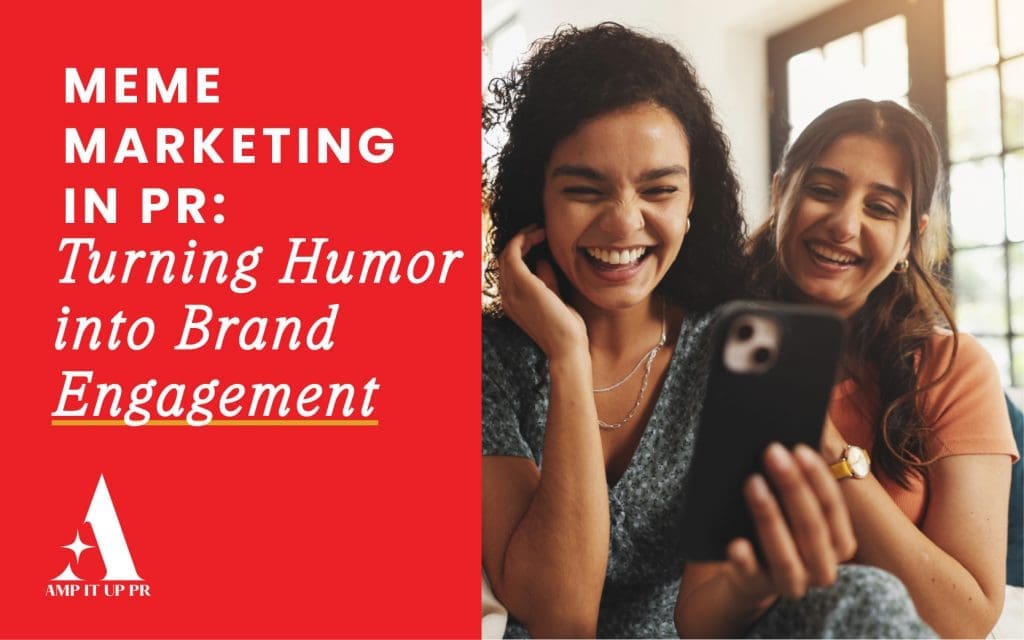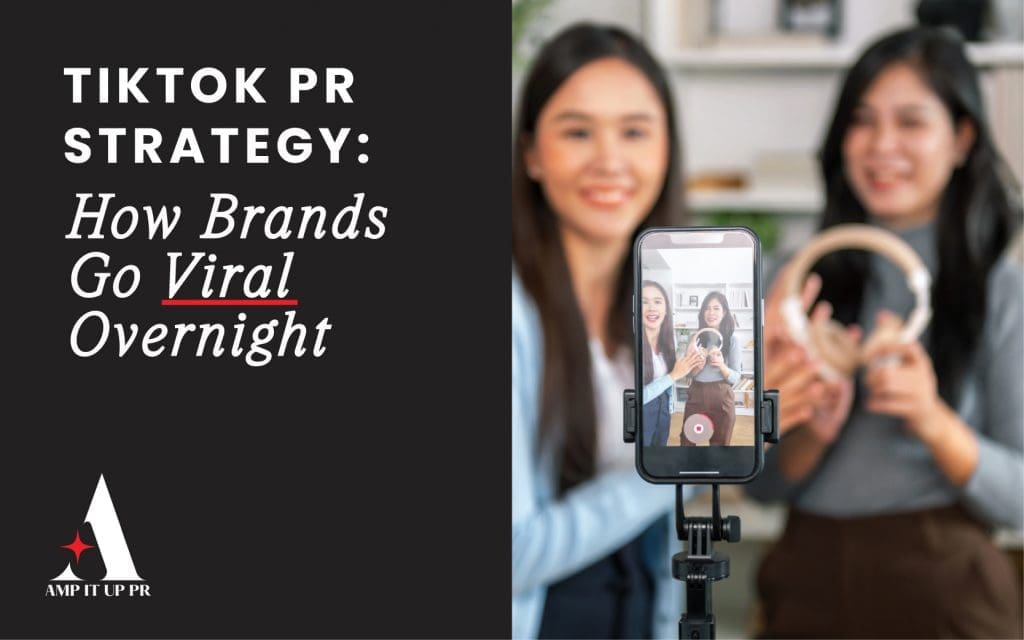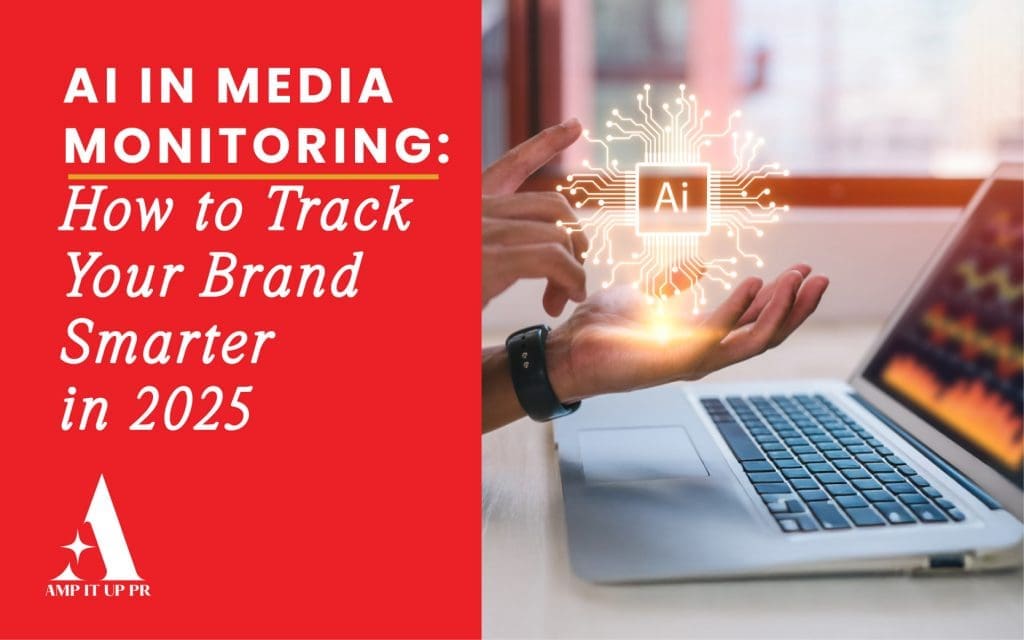“Cancelled.” It’s a word that can strike fear into any brand leader. In today’s hyper-connected world, it doesn’t take weeks or even days for reputations to unravel—it can happen in a matter of hours. A single viral post, a resurfaced quote, or a poorly executed campaign can ignite a storm of criticism online, leaving businesses scrambling to respond. Cancel culture spreads fast, often faster than traditional media cycles can keep up, which means brands need to be prepared long before trouble begins.
While cancel culture feels unforgiving, survival is possible. In fact, with the right cancel culture PR strategy, brands can move beyond damage control and rebuild trust. At AMP IT UP PR, we’ve helped companies navigate these exact challenges, turning moments of outrage into opportunities for stronger alignment with values and audiences.
What Cancel Culture Really Means in 2025
Cancel culture isn’t new, but its impact has intensified in recent years. Unlike traditional crises that were typically amplified by journalists, today’s cancel campaigns are largely audience-driven. They start with social media users—often activists, influencers, or communities—who draw attention to an issue and demand accountability. Only later do mainstream media outlets catch up, and by then, the damage is often widespread.
The speed and scale of cancel culture mean that silence is rarely an option. Brands that wait too long to respond appear indifferent, fueling further backlash. On the other hand, rushing out a poorly considered statement can be just as damaging. A true cancel culture PR strategy requires a balance of urgency and thoughtfulness: acknowledging concerns quickly while laying the groundwork for long-term recovery.
Why Brands Get Cancelled
Every cancellation has its own context, but the triggers often follow familiar patterns. Sometimes it stems from a tone-deaf campaign that misreads cultural sensitivities. Other times it’s an executive whose words or behavior reflect badly on the organization. Old controversies can also resurface, gaining new momentum in today’s climate. And in many cases, the crisis isn’t about the original mistake but about how poorly the brand responded once called out.
What audiences are really reacting to is perceived hypocrisy or a lack of accountability. Cancel culture magnifies the gap between what a brand claims to stand for and what its actions show. That’s why prevention—through values alignment and cultural awareness—is just as important as the response itself.
The Four-Stage Approach to Cancel Culture PR
At AMP IT UP PR, we use a structured framework to help clients face cancel culture with clarity. The first stage is immediate response. In the early hours, the goal is to acknowledge the issue and show that the brand is listening. Silence breeds suspicion, while denial or defensiveness can inflame audiences. Even a simple holding statement can buy time while demonstrating responsibility.
The second stage is accountability. Audiences are quick to dismiss generic apologies, especially the dreaded “sorry if you were offended.” Effective accountability means clearly owning the mistake, explaining what went wrong, and showing empathy for those impacted. Transparency is critical here, because spin only deepens distrust.
The third stage is action. Apologies without follow-through are meaningless in the cancel culture era. Audiences expect visible change, whether that’s updating policies, creating new initiatives, or even holding leadership accountable. Partnerships with advocacy groups or public commitments to reform can show that the brand is serious about correcting course.
Finally, the fourth stage is rebuilding. The outrage may fade, but the memory lingers. Rebuilding trust requires consistency over months or even years. Brands must continue communicating progress, showing through actions—not just words—that lessons were learned. Only then can credibility be restored.
Lessons from Real-World Cases
The Starbucks racial bias incident in 2018 is often cited as a textbook case of accountability and action. When an employee’s actions sparked outrage, Starbucks closed 8,000 stores for a full day of racial bias training. It was a costly move, but it demonstrated sincerity and helped restore the brand’s image.
Contrast that with Adidas and its handling of Kanye West’s controversial remarks. The brand faced mounting pressure for weeks before finally cutting ties with the artist. The delay made Adidas look hesitant and damaged its credibility, even though the eventual decision was the right one. Speed matters just as much as action in cancel culture.
Balenciaga’s advertising backlash offers another cautionary tale. Initially, the brand attempted to deflect blame, which only prolonged the crisis. It wasn’t until stronger apologies and corrective action were taken that the situation began to cool. The lesson here is clear: audiences are quick to spot half-measures and demand authenticity.
Tracking Recovery After Cancel Culture
Surviving cancel culture isn’t just about issuing a statement and moving on. Brands need to measure whether their reputation is truly recovering. One way is through sentiment analysis—tracking how conversations shift from negative to neutral, and eventually, positive. Media coverage also plays a role: is the tone of articles critical, balanced, or supportive?
Customer loyalty is another key indicator. Are people sticking with the brand, or has trust eroded to the point of churn? Surveys can provide additional insight into whether audiences believe the company has genuinely changed. At AMP IT UP PR, we use advanced media monitoring and AI-powered tools to track these metrics, giving clients a clear picture of their progress over time.
Prevention: The Best Cancel Culture Strategy
Of course, the best cancel culture PR strategy is one that prevents crises from erupting in the first place. Prevention means integrating cultural intelligence into every stage of communications. Campaigns should be reviewed for potential blind spots. Leadership should undergo training to ensure their words and actions align with brand values. Social listening should be ongoing, so small issues are caught before they escalate into viral storms.
Cancel culture often punishes hypocrisy more than mistakes. A brand that truly lives its values and communicates them consistently is less likely to face cancellation, and more likely to be forgiven if it stumbles.
How AMP IT UP PR Guides Brands Through Cancel Culture
At AMP IT UP PR, we understand that cancel culture crises are high stakes. That’s why we offer tailored support that includes rapid-response teams, pre-approved crisis kits with holding statements, and long-term rebuilding strategies. We don’t just put out fires—we help clients transform crises into opportunities for growth and stronger alignment with their audiences.
Our approach is rooted in both agility and authenticity. We act fast to contain the crisis, but we never recommend shortcuts that could undermine long-term trust. By combining cultural awareness with strategic communications, we guide brands toward recovery and resilience.
From Survival to Strength
Cancel culture may seem unforgiving, but it doesn’t have to end a brand’s story. With the right PR strategy, companies can not only survive the storm but also rebuild stronger, more authentic connections with their audiences. The real test of a brand isn’t whether it avoids mistakes altogether—it’s how it responds when mistakes are made.
A cancel culture PR strategy is no longer optional. It’s a vital part of modern reputation management. The question isn’t if your brand will face backlash, but whether you’ll be prepared when it comes.
👉 Ready to protect your reputation before a crisis strikes? Checkout our services, learn about our team on Our Team page, or Book a Consultation with us to explore how we can elevate your brand. For a custom quote, check out our Get a Quote page, or reach out directly via our Contact Us page to start amplifying your brand’s presence. Let’s work together to amplify your brand!
Checkout more you may like :
7 Experimental PR How Events turn buzz into Earned Media
PR for startups – How to Build Media Buzz from Day One

